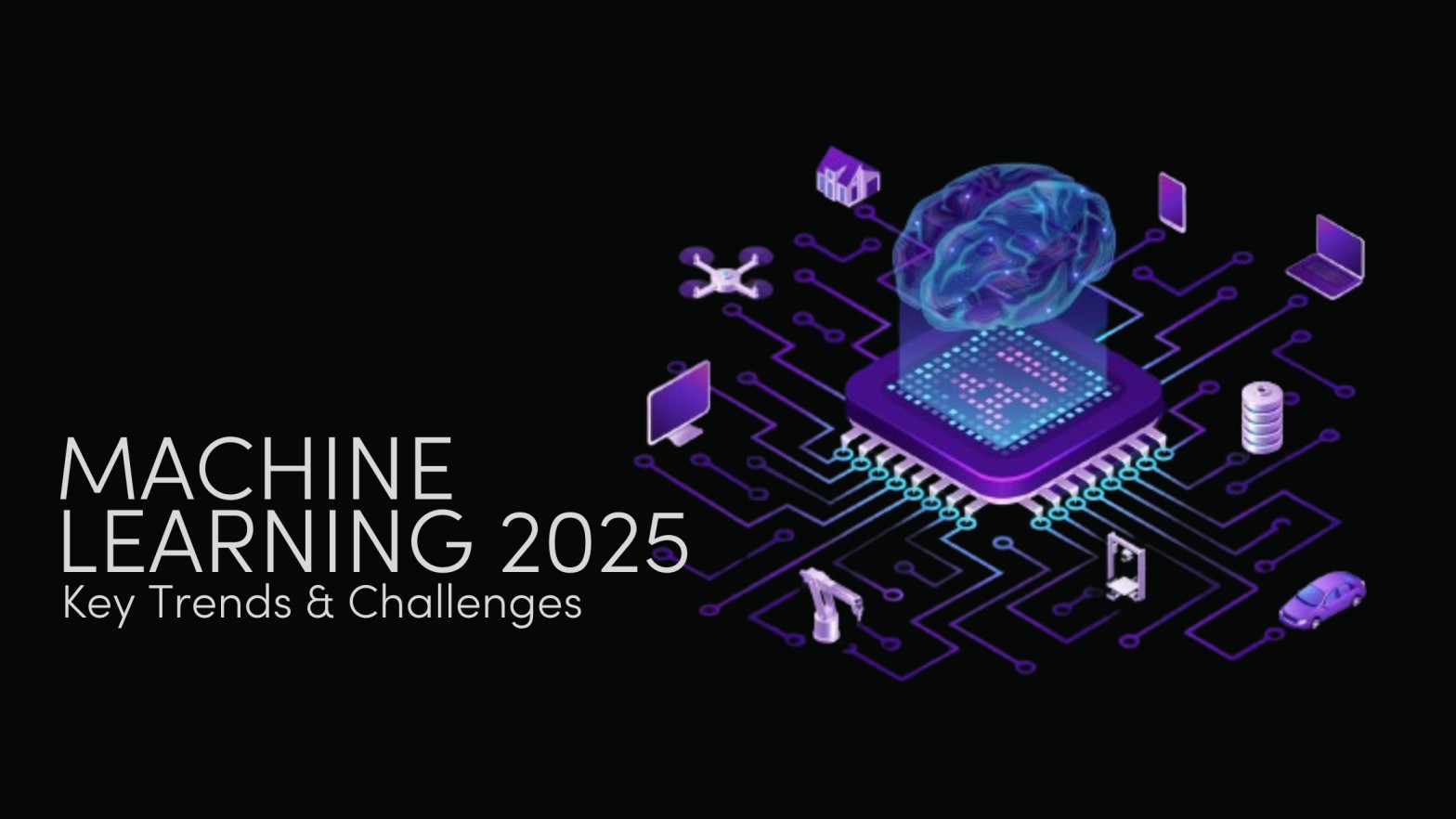
Machine learning (ML) is changing the game in ways we never imagined. From the cars that drive themselves to the apps that recommend the perfect movie for us, it’s pretty clear that ML is here to stay. As a huge part of Artificial Intelligence (AI), ML lets machines learn from data and make decisions on their own, no need for constant human input. It’s like giving machines the ability to think and adapt, and it’s opening up a world of possibilities. With the rapid growth of ML, we can only imagine where it’ll take us next, making things smarter, faster, and more personalized. The future looks pretty exciting with all the potential ML has to offer!
Machine learning has evolved over decades, becoming a powerful technology present in many aspects of our lives. Let’s rewind to the 1950s, when this journey began.
The Early Days (1950s)
The roots of machine learning trace back to early studies on human cognitive systems. Canadian psychologist Donald Hebb proposed a neural structure where nerve cells communicate similarly to how artificial neurons work in machines today. In 1952, Arthur Samuel, an IBM researcher, coined the term “machine learning” when he developed a program to calculate the winning chances for checkers players. This early form of ML was a precursor to reinforcement learning. A few years later, in 1958, Frank Rosenblatt created the Perceptron, an early neural network capable of classifying data and generating ideas.
The Rise of Algorithms and the AI Winter (1960s – 1990s)
Machine learning continued to evolve, but it wasn’t always smooth sailing. In the 1960s, Raytheon developed Cybertron, an early self-learning machine that used reinforcement learning to analyze sonar signals and speech patterns. By the 1980s and 1990s, key algorithms like the Backpropagation algorithm and Support Vector Machines (SVMs) laid the groundwork for modern ML models, helping machines learn more efficiently and effectively.
However, the 1970s to 1980s marked an “AI Winter” period, where interest and funding in AI research dried up. Critics questioned the practical applications of AI, which led to decreased funding and research in both the UK and the US. Thankfully, renewed interest in the late 1980s sparked advancements that reignited the field.
Machine Learning Flourishes (1990s – Present)
By the 1990s, machine learning began to shine as a distinct field of study. Advancements in computer processing power, the rise of big data, and improved algorithms fueled ML’s growth. ML’s focus shifted from striving for overall AI to solving real-world problems like fraud detection, customer behavior prediction, and more.
With the explosion of big data, ML became increasingly powerful, enabling new subfields like deep learning, natural language processing, and computer vision to emerge and flourish. As businesses grow, it’s crucial to prioritize scalable web development that keeps pace with these technological advancements. A solid web designing foundation can help companies leverage ML’s capabilities in their online platforms.

By 2025, the machine learning market is expected to surpass $113 billion. This growth is driven by the widespread adoption of digital technologies across industries such as healthcare, retail, and eCommerce. Let’s take a look at some of the key ways ML is being used today:
Chatbots and Virtual Assistants: Siri, Alexa, and similar assistants use ML to understand speech and improve interactions with users.
Personalized Recommendations: Services like Netflix and Amazon rely on ML to offer suggestions tailored to individual preferences and behaviors.
Fraud Detection and Cybersecurity: Banks and financial institutions use ML to identify suspicious activity and prevent fraud.
Self-Driving Cars: Automotive companies like Tesla utilize ML to help their cars navigate and detect obstacles on the road.Healthcare: ML models assist in diagnosing diseases, such as cancer, by analyzing medical images with great accuracy.
If you want to enhance your digital presence and integrate machine learning into your business, it’s a good idea to hire web developers who specialize in smart, data-driven solutions. They can design and build websites that leverage the power of ML for user engagement and better functionality.
Looking ahead, several trends are shaping the future of ML. Here are some noteworthy developments:
For businesses considering future-proof solutions, understanding how machine learning can be incorporated into a website is vital. Whether you’re seeking to hire a web designer to create engaging platforms or a specialized SEO expert to help you stay visible, it’s essential to ensure that your digital infrastructure supports ML’s growing influence.

While machine learning brings immense promise, there are challenges that must be addressed, including:
To make the most of machine learning, businesses must focus on education, training, and strategy. By investing in ML infrastructure and training employees, businesses can harness the power of ML for growth and innovation. At the same time, developing ethical ML practices is key to addressing the challenges that arise in areas like privacy and fairness.
As machine learning continues to shape industries, it’s important to have a strong online presence. Whether you’re considering hiring a web developer to integrate advanced technologies or hiring a web designer to enhance your website’s aesthetic, it’s essential to have experts who understand the impact of ML on your digital ecosystem.
Machine learning is evolving rapidly, with new trends and applications emerging every day. As we continue to explore its potential, we must focus on preparing for the challenges it presents while embracing its exciting possibilities. Machine learning will undoubtedly shape the future, but it will be the collaboration between humans and machines that truly drives innovation.
If you’re looking for a trusted, experienced partner in this field, consider Mindlabs! With extensive expertise in user experience, web design, and development solutions, we are dedicated to providing solutions that not only meet your business needs but also grow with you as your demands evolve.
Wanna share your idea with us? Don’t hesitate to contact us today and bring your idea to life! If you’re interested in more engaging content on this topic, be sure to subscribe to our blog and follow us on Facebook, X, and LinkedIn!
